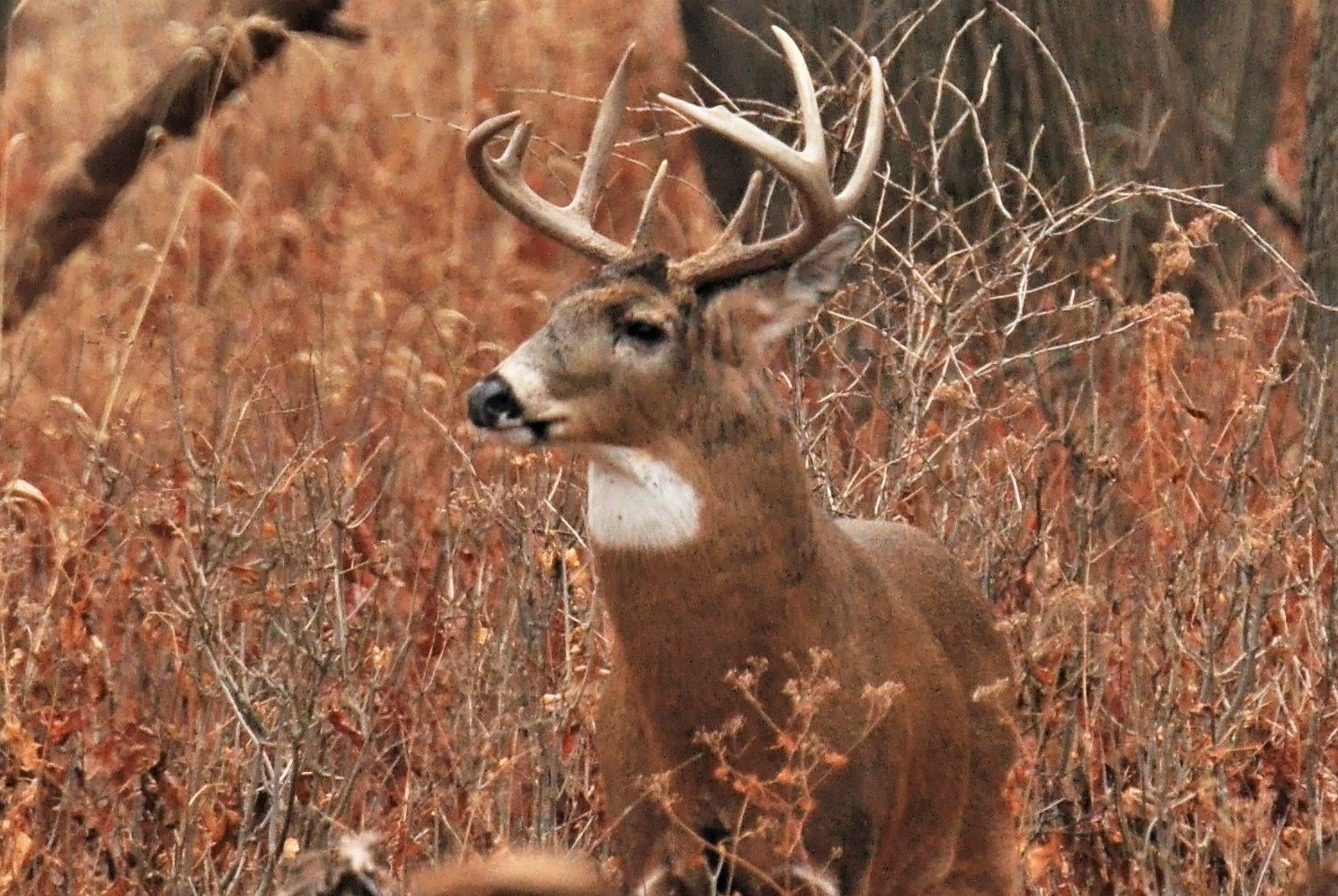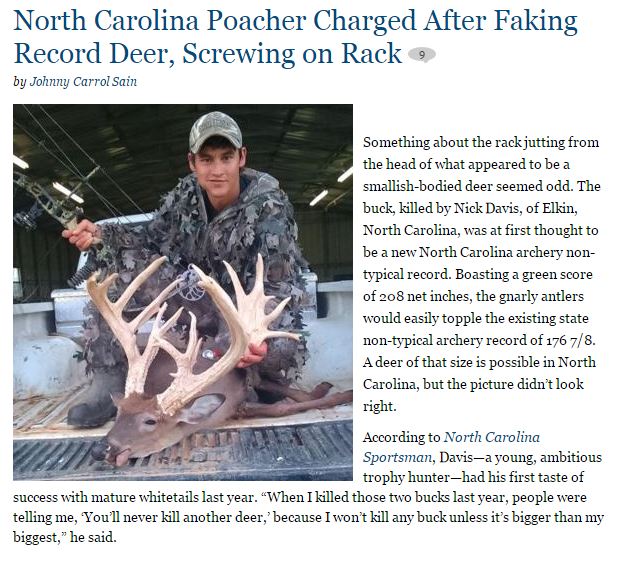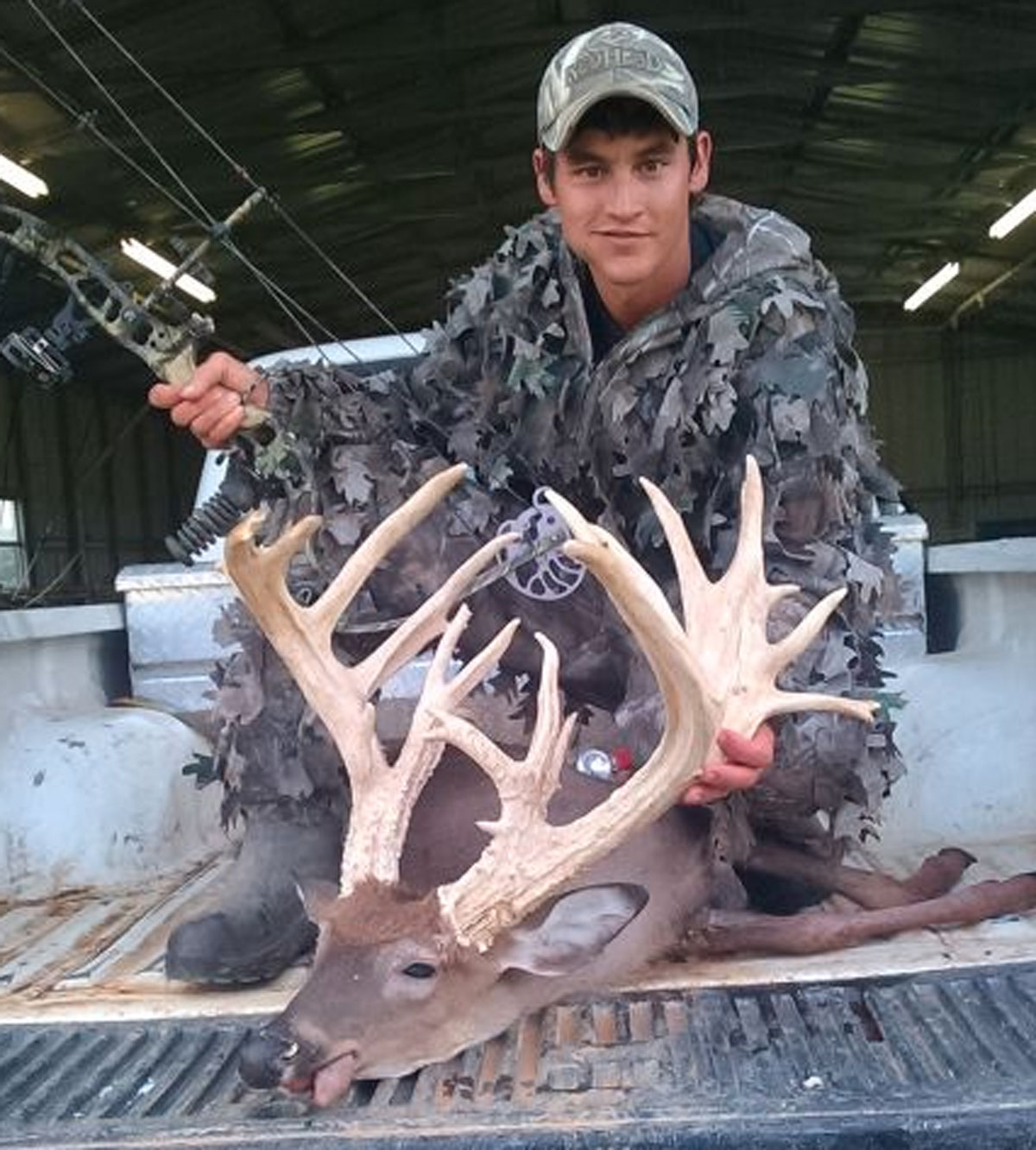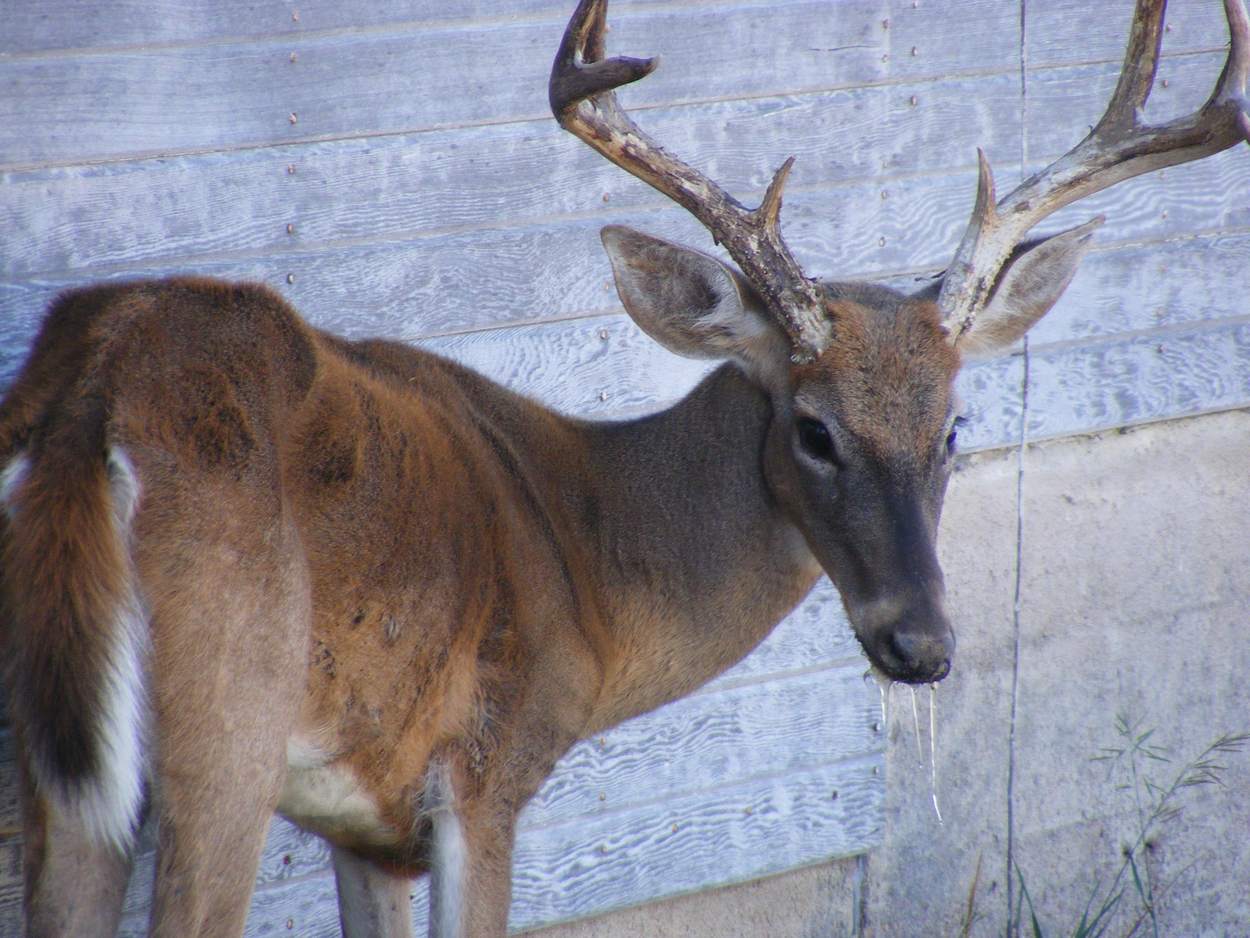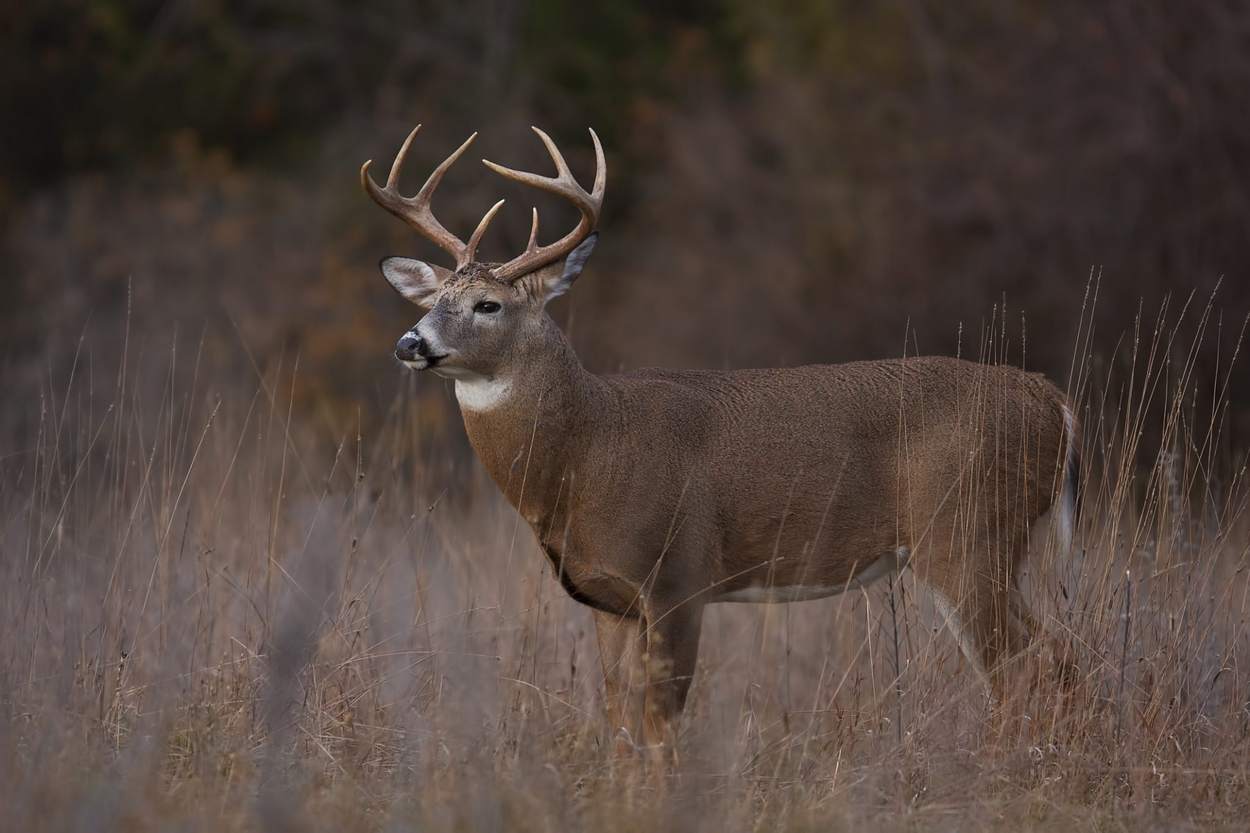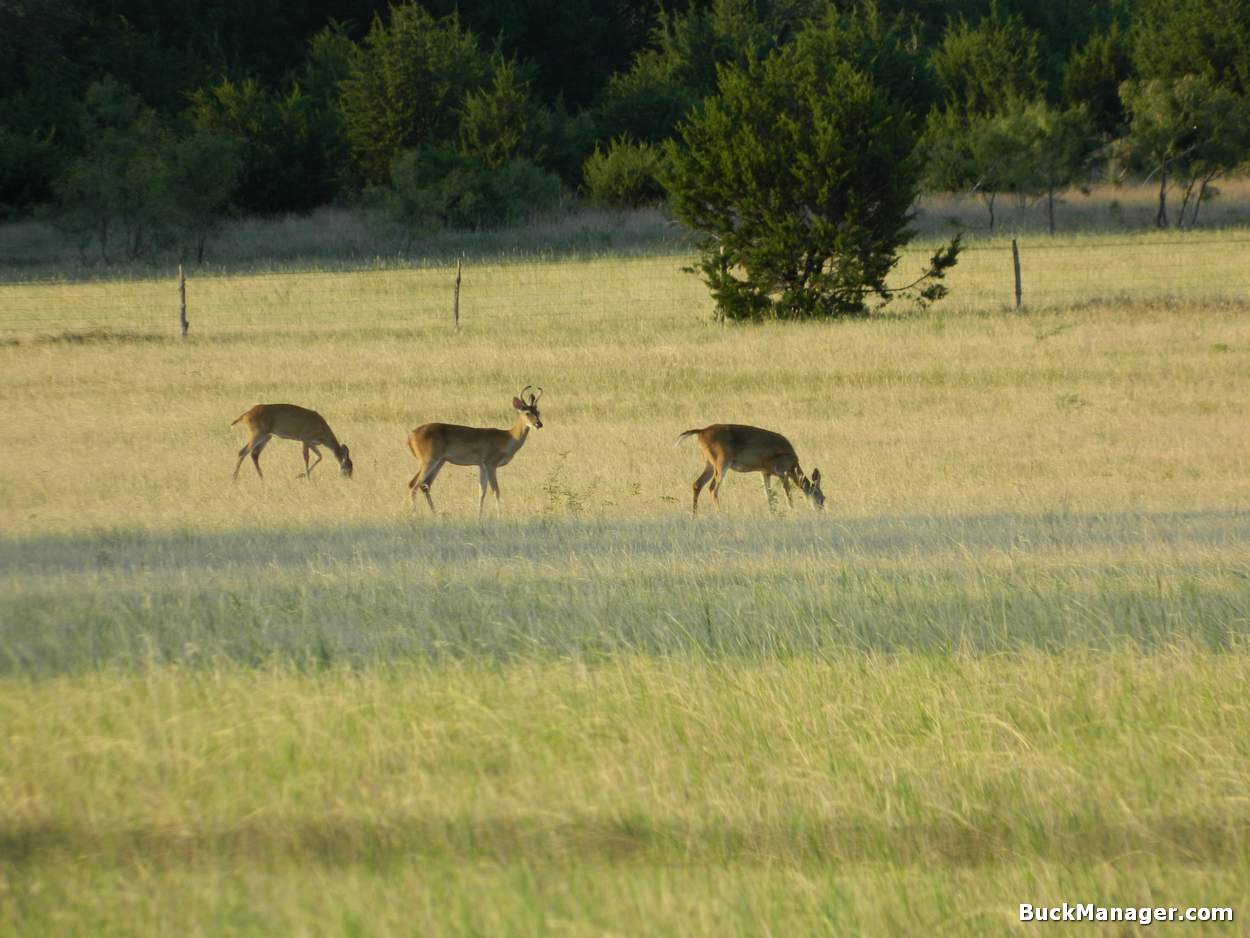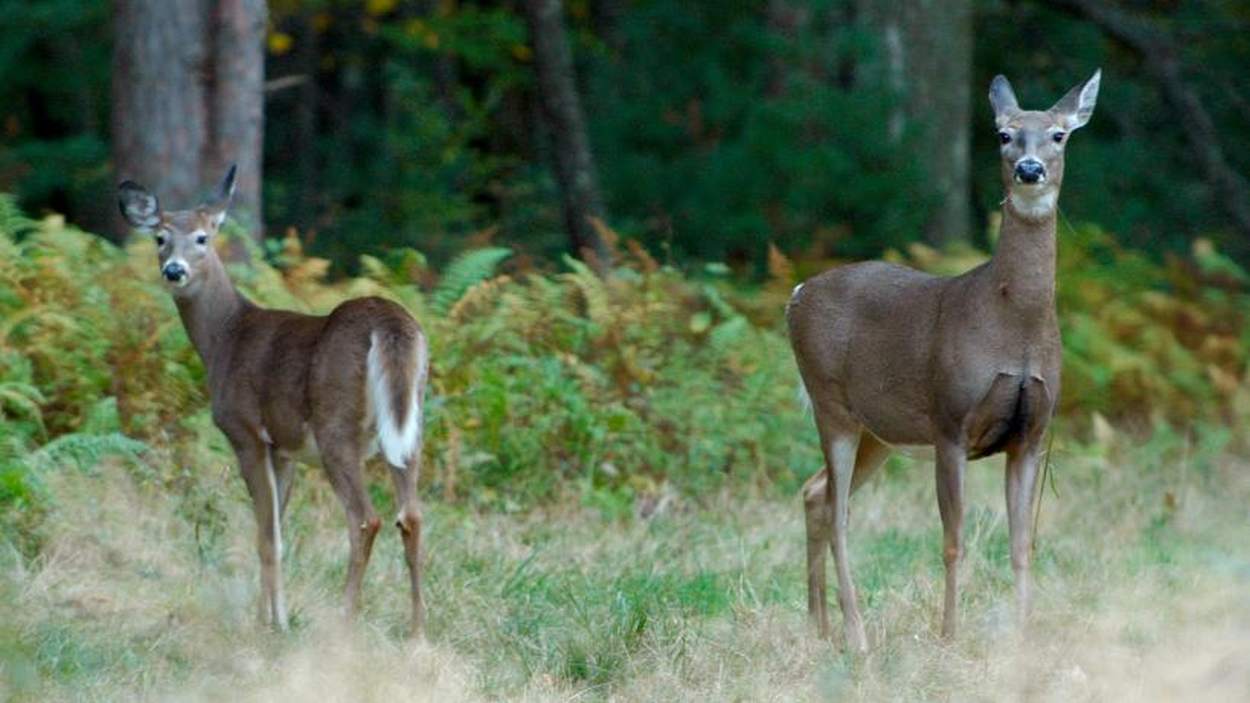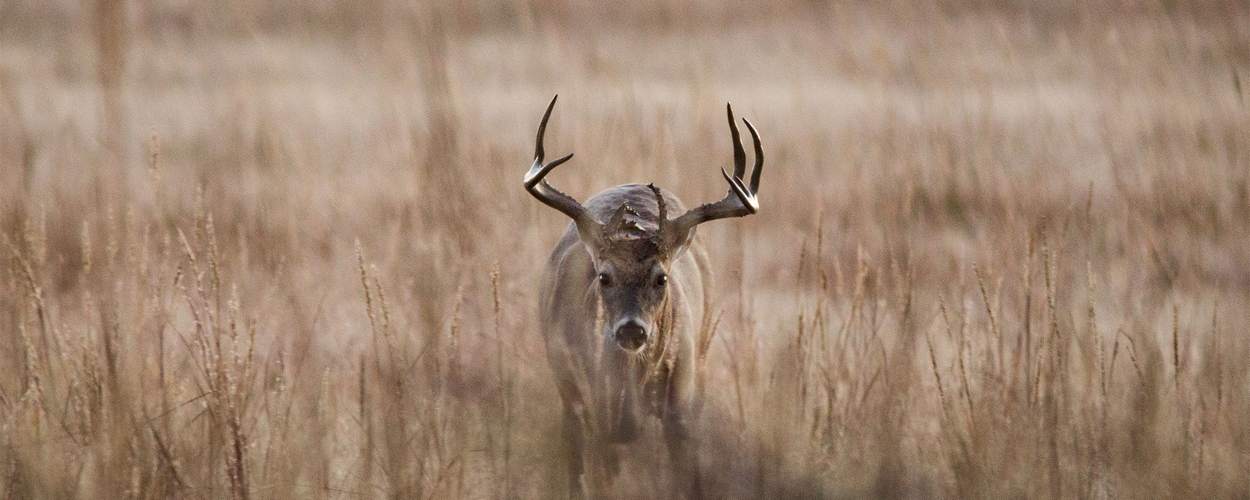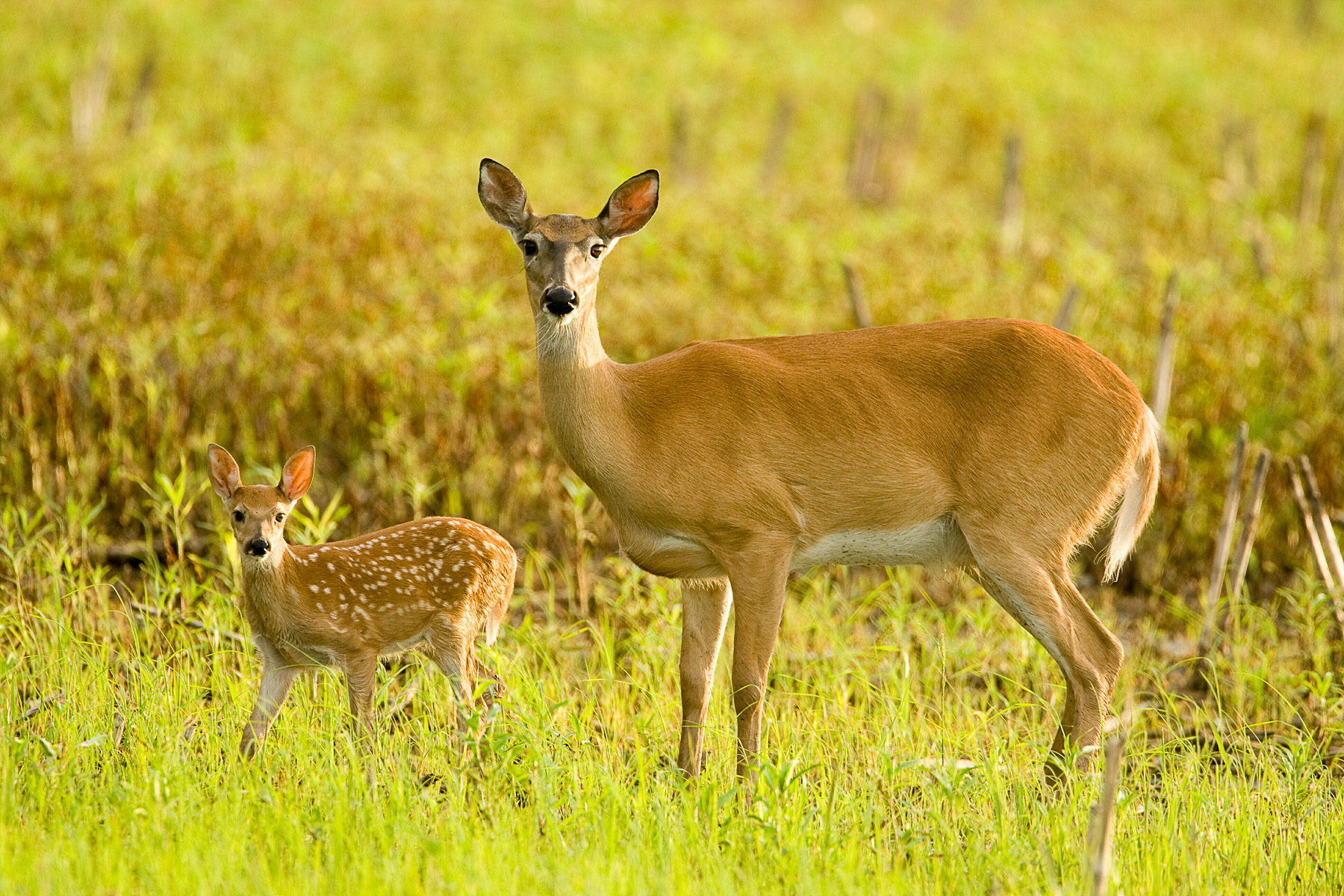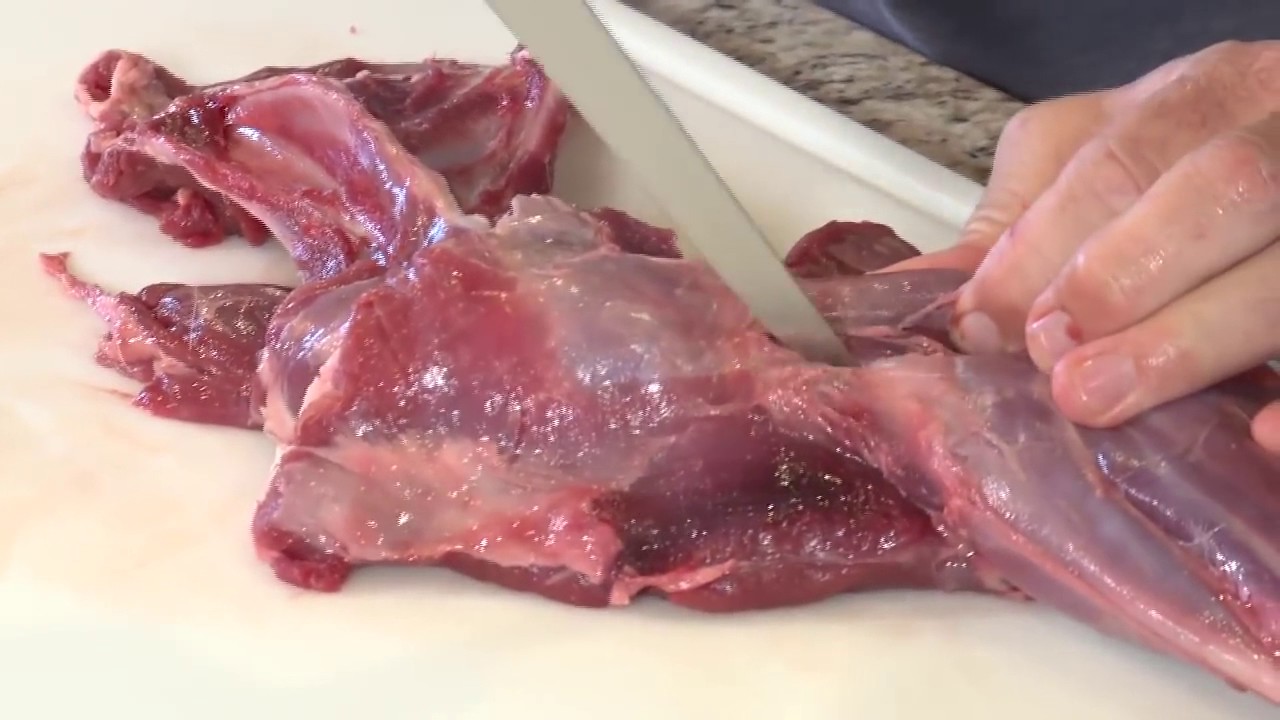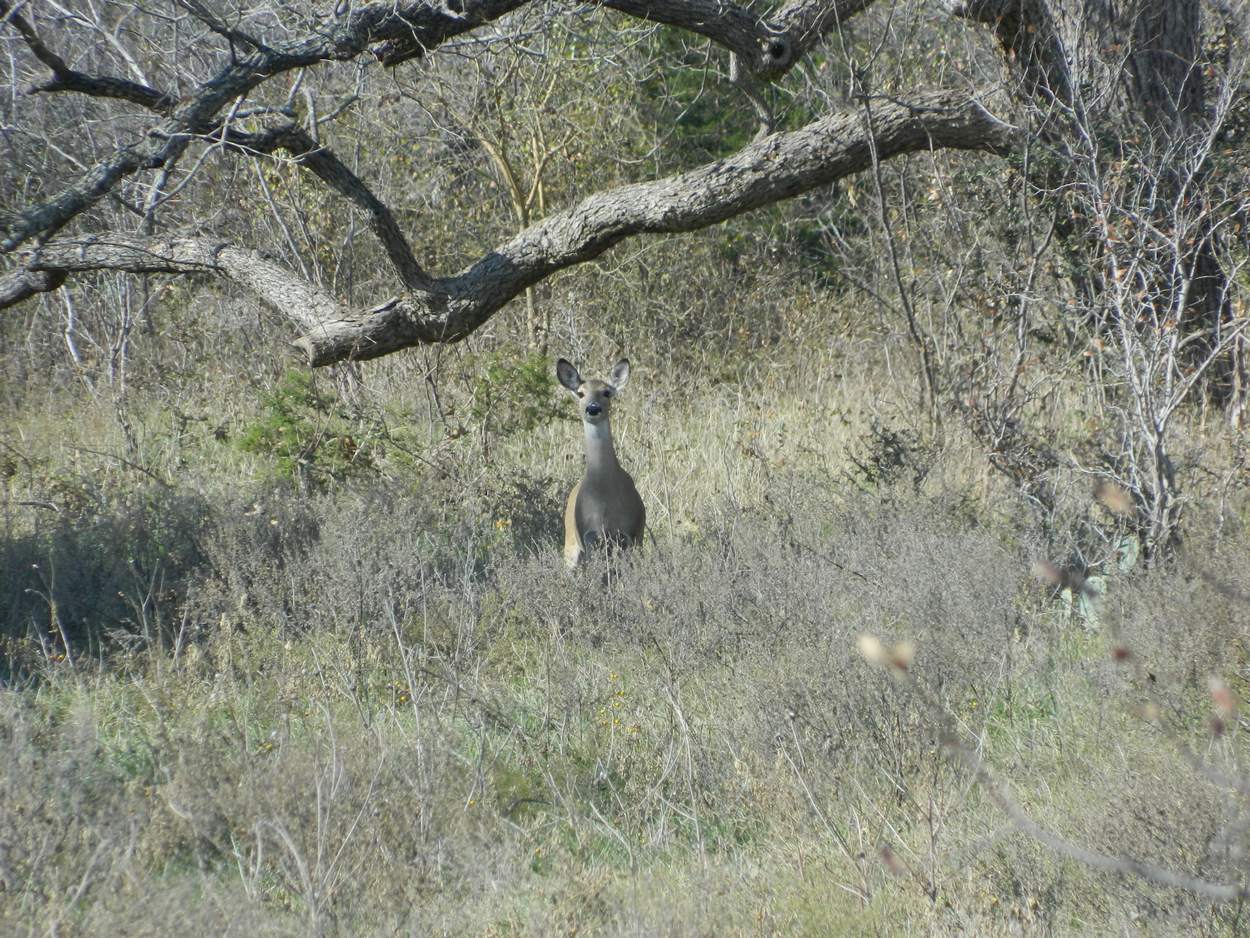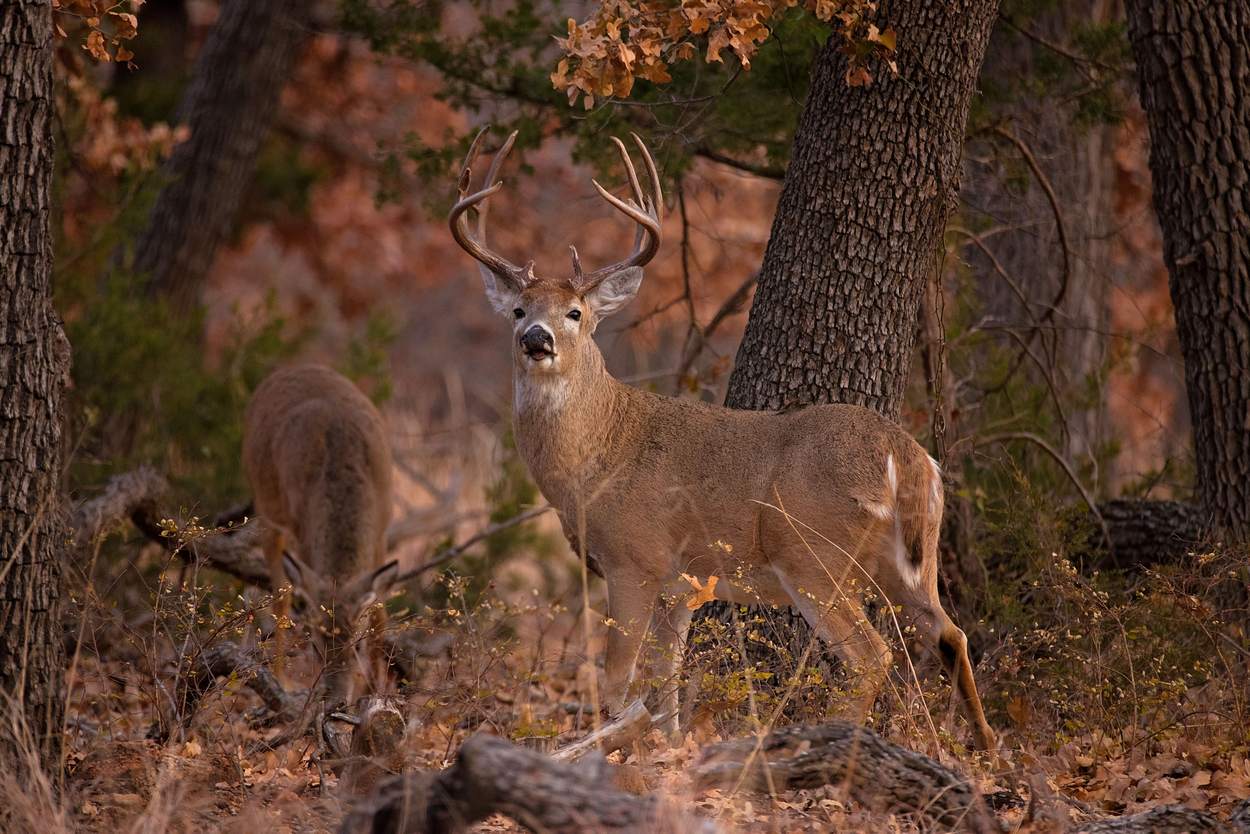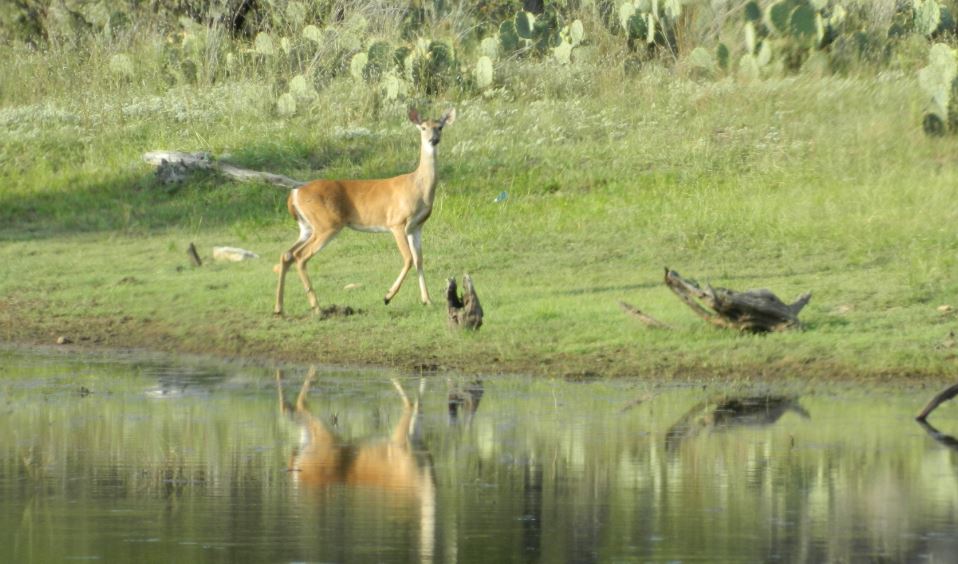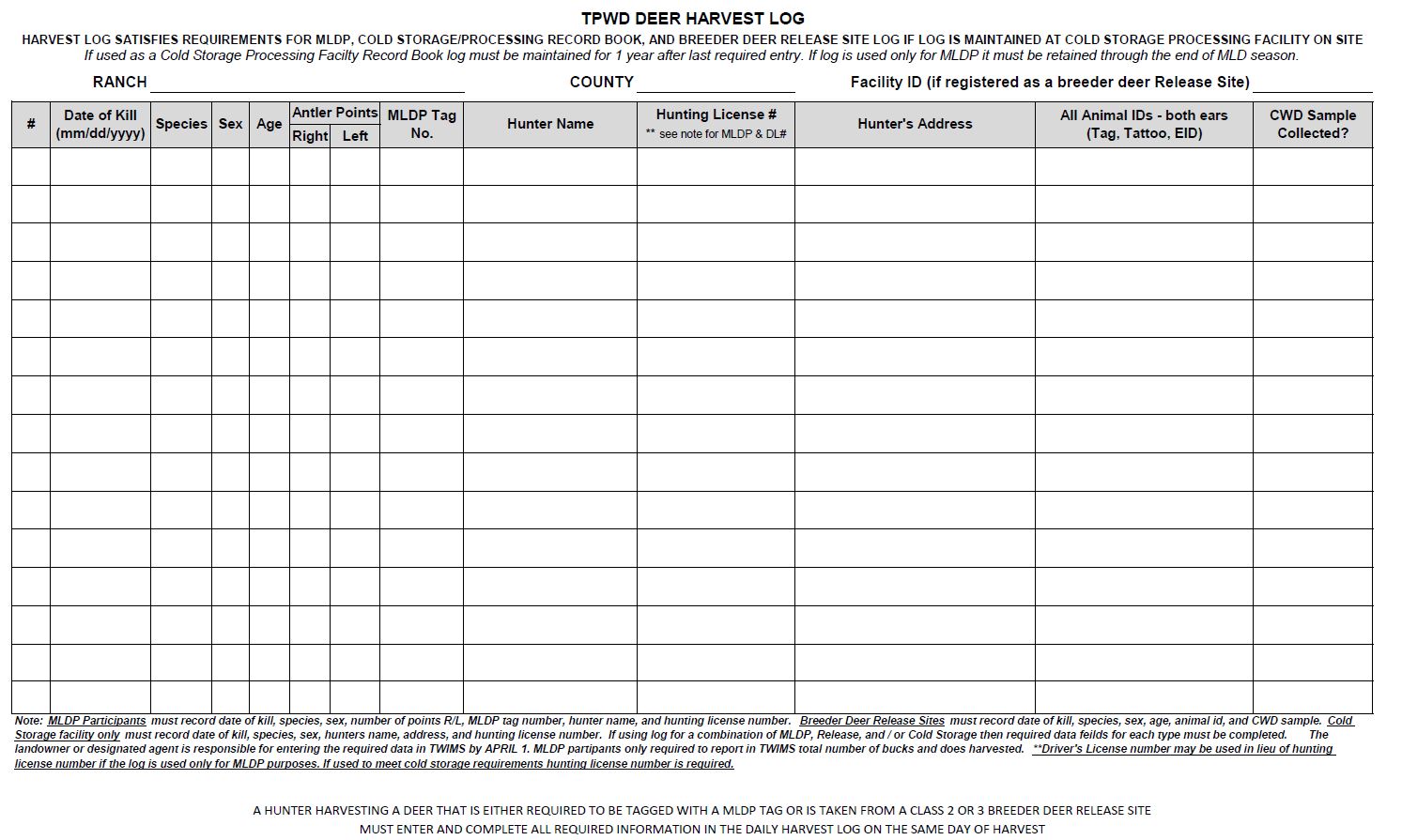Texas Bowhunting Good
Texas, Oklahoma and Louisiana were blessed with late-winter rains that carried through spring and into early summer of this year. The relatively mild winter last season allowed white-tailed deer to come out of winter in good condition and then they stepped right into excellent habitat conditions. In short, deer populations are in good shape going into the fall hunting seasons.
Reports from the field indicate that buck antler growth is well above average by age class this year. This is simply the result of an ample food supply and good habitat conditions that lasted into mid-summer, a time when the majority of antler growth has already taken place. This is good news for both deer and bowhunters.
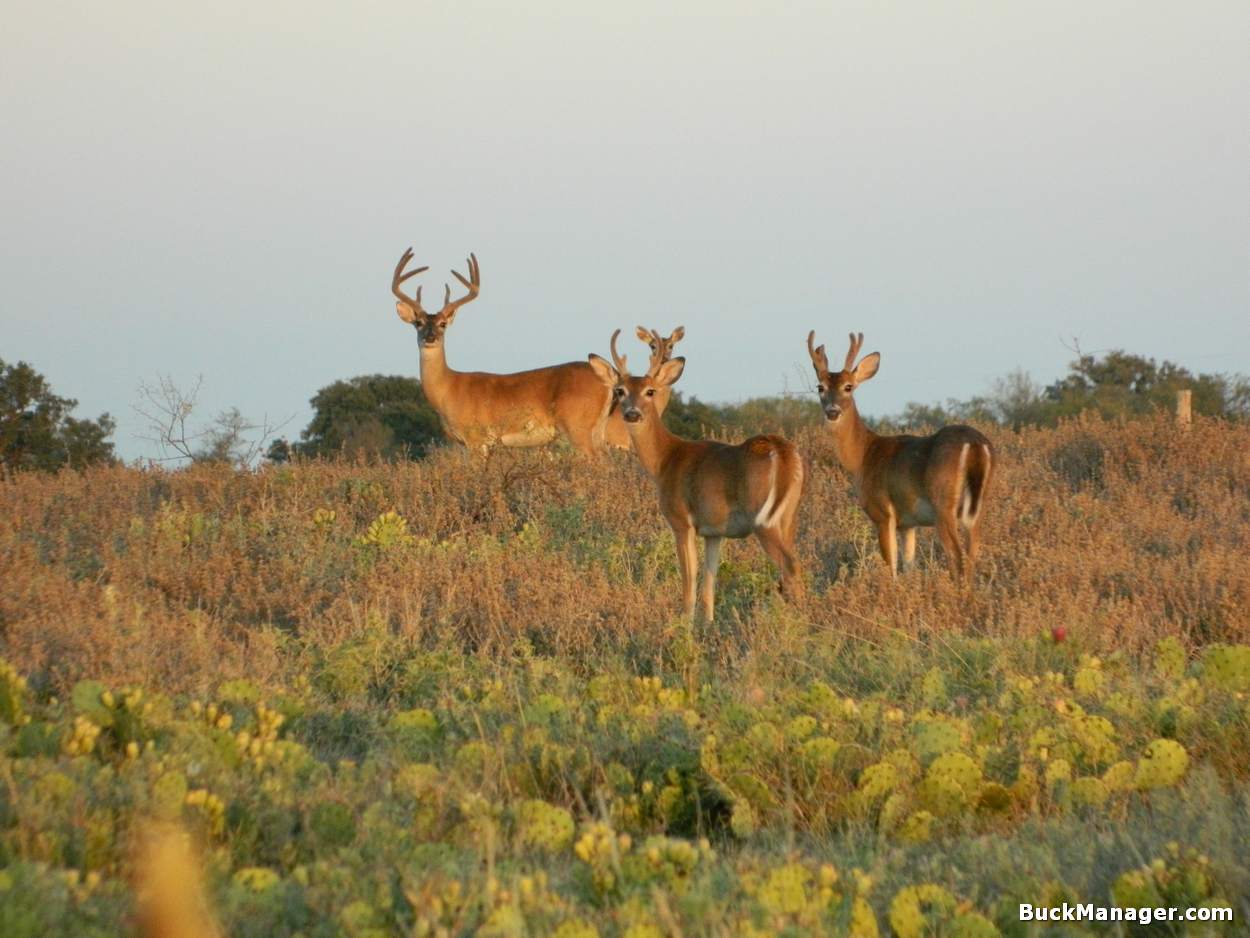
Good Food, Good Bowhunting
All that food, as well as great cover, leads to increased reproduction and recruitment into our deer herds. That means more white-tailed deer, as well as bigger deer. For those hunting in Texas, the archery season has been especially good!
As good as the first-half of the year was rain-wise, since about mid-June it’s been a complete opposite—very dry across most of Texas. This has caused deer movement to increase into the fall. With many areas reporting low acorn crops, whitetail have been hitting feed stations and fall food plots hard, at least in areas that caught some of sporadic moisture earlier this month.
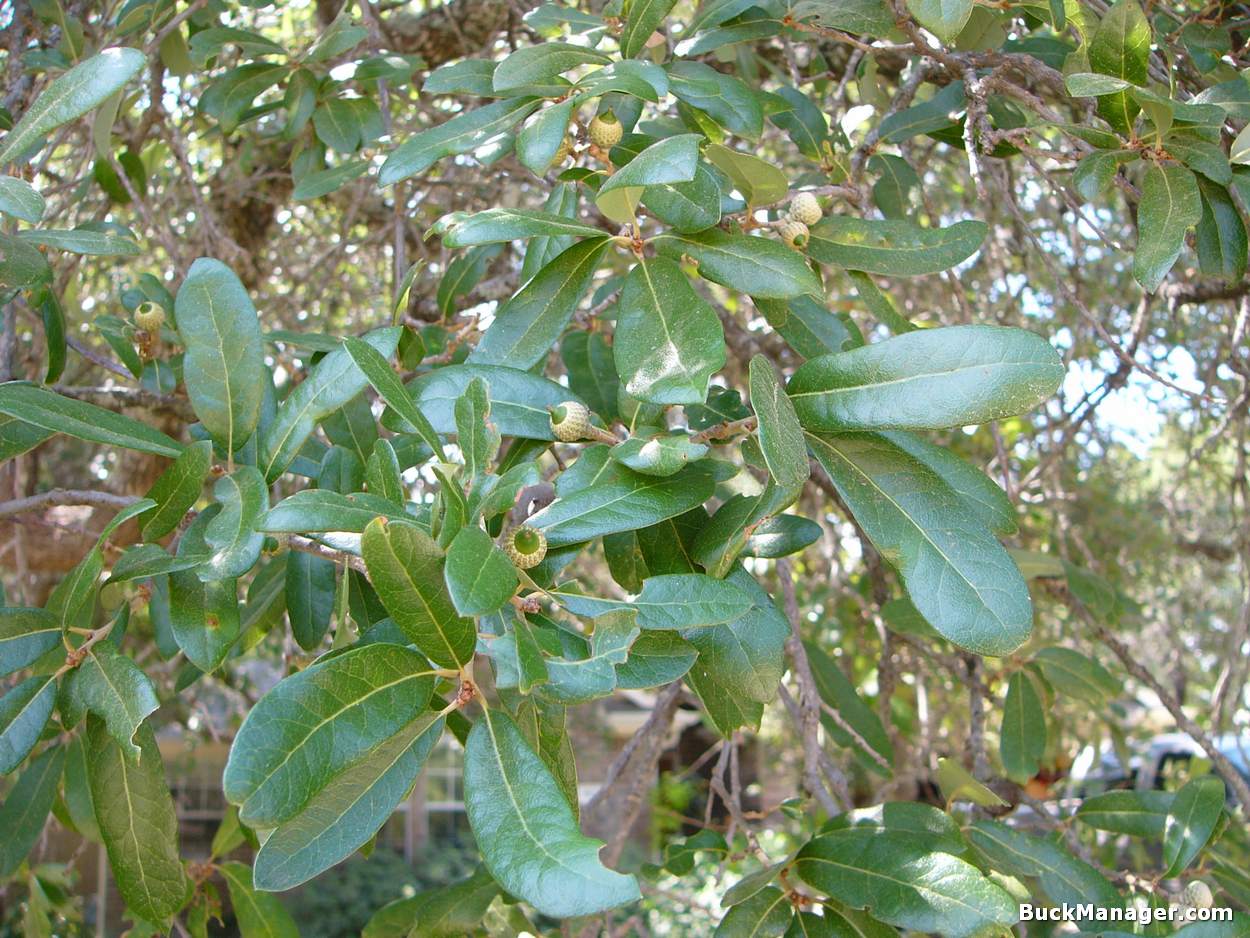
October Lull
Source: With the long drought gone for now adult deer are fat, healthy and likely reproduced well this spring and summer. “They should be in great condition and there should be a good crop of fawns from this year,” said Craig Endicott, northeast region supervisor for the Oklahoma Department of Wildlife Conservation.
Archers in the field the first few weeks will find deer concentrating on natural food sources, he said. Oak trees are loaded and the chinkapin oaks already are starting to drop their small, sweet acorns, he said.
“Persimmons have been productive too so there is plenty of soft mast out there as well,” he said. Deer may be difficult to see, but the October lull will fade away once the bowhunting season ends and even cooler weather begins.
One of the greatest challenges for archery hunters this year may be something they had not faced during the years of drought – heavy vegetation and a lot of natural foods. “If anything that’s the only problem, the woods are a lot thicker and that can kind of hurt the hunters just in terms of visibility,” he said.
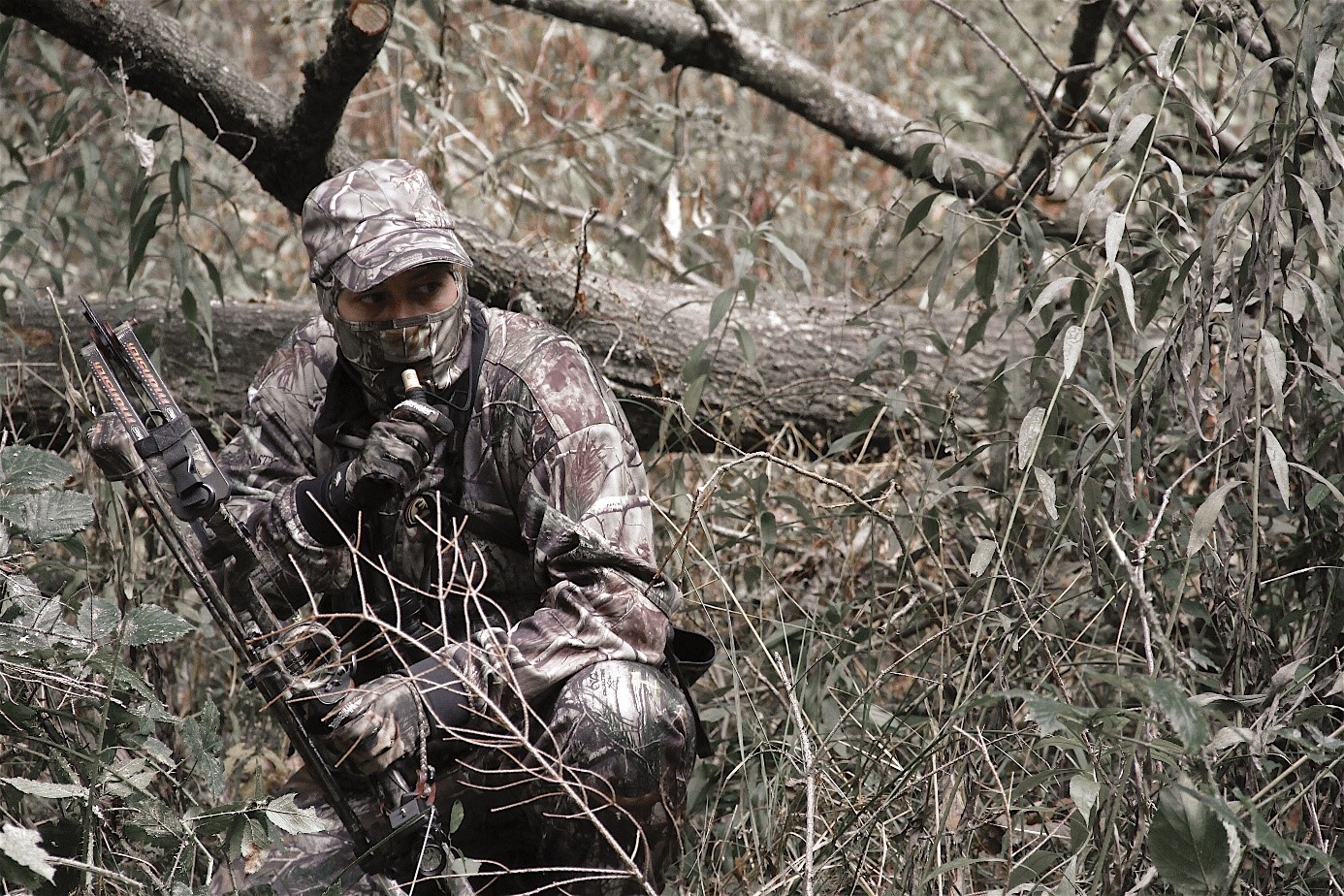
Bowhunting for Beginners
Hunting white-tailed deer at close range is no easy task. Doing so with a bow only makes that job more difficult. For anyone that plans to take advantage of bowhunting season, the first step is to get a bow that you are comfortable with. That takes a bow that fits you, that you can draw comfortable, are experienced with and have confidence in.
READ: Plan for Deer Hunting Success
The rest boils down to outsmarting deer so that you can get them within range for a bow shot. Whether you are in Texas, or elsewhere, the key is using the wind to your advantage. Despite what folks say, a whitetail’s greatest line of defense is its nose. Stay downwind of the deer you are hunting and the shot will take care of itself, assuming you put in the practice beforehand.
